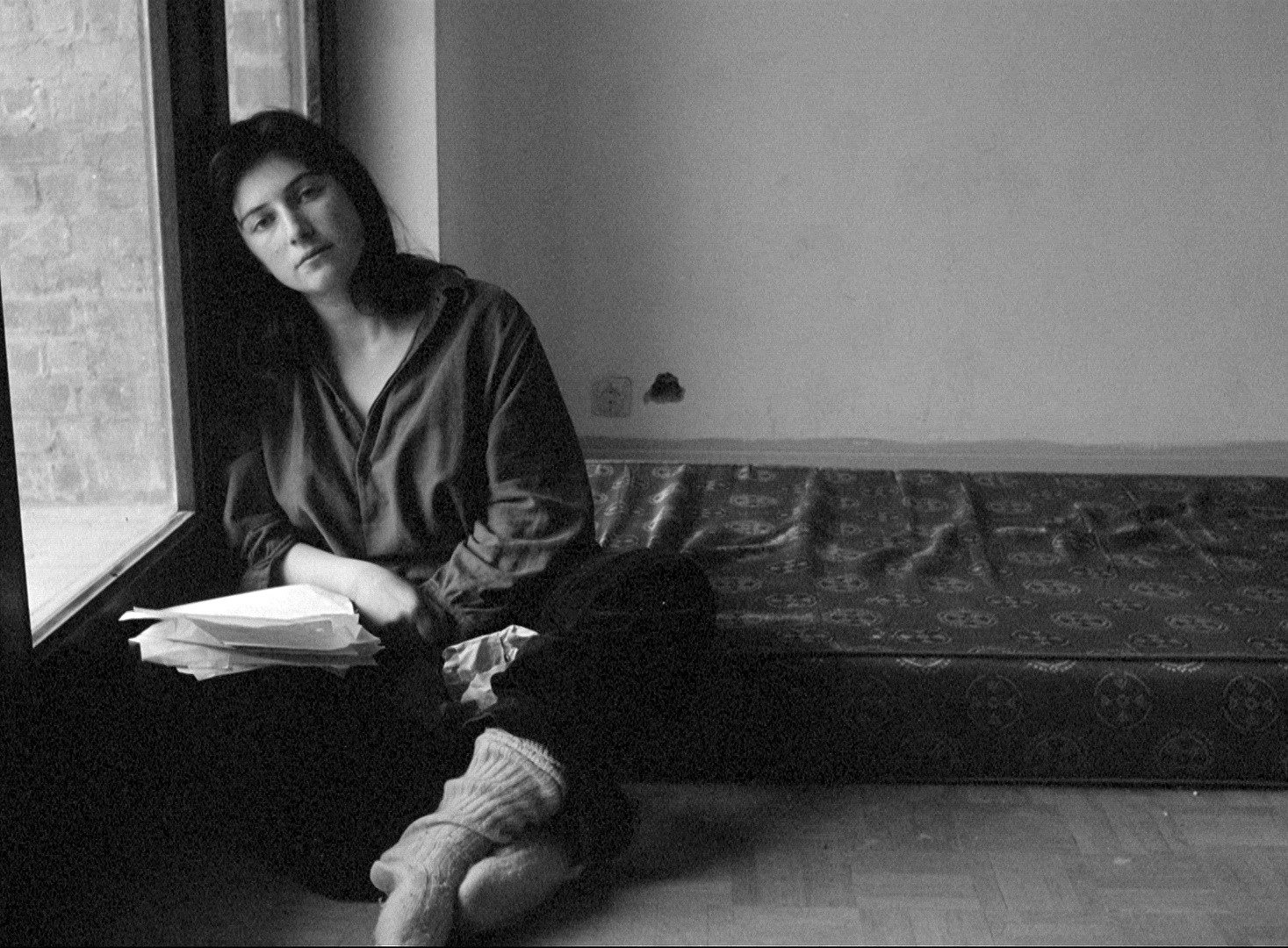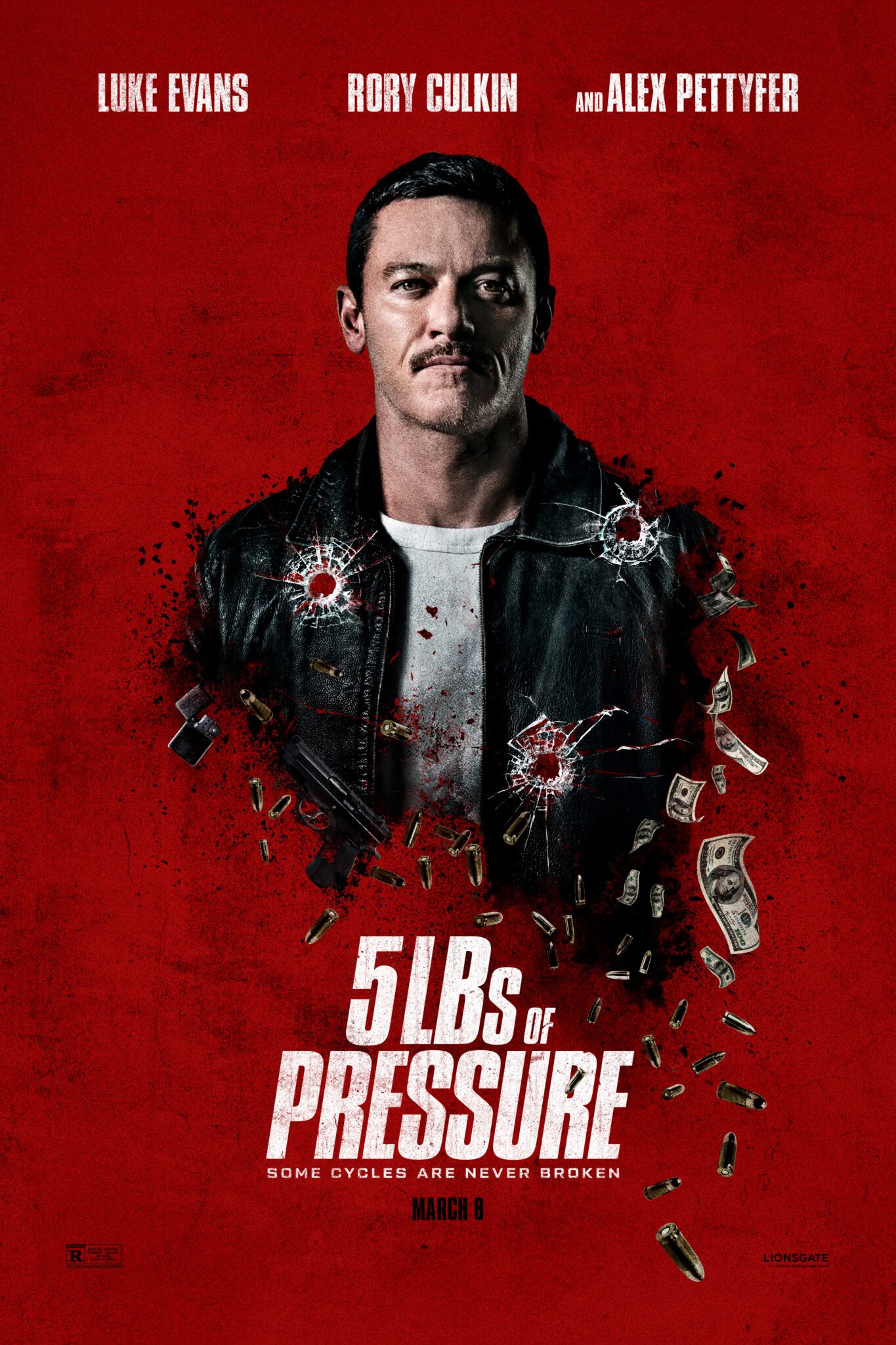By Robert Bellissimo
“Je, Tu, Il, Elle” was Chantal Akerman’s debut feature film from 1974. She co-wrote the script with Eric De Kuyper, and Paul Paquay. Chantal is also the star of the film, alongside Niels Arestrup, and Claire Wauthion.
The film is about a young woman named Julie, (Chantal Akerman) and is told in three parts. The first part is Julie alone in her room for well over a month. The second part is Julie hitch-hiking with a truck-driver, and the third is Julie visiting a woman she knows, where she passionately has sex with her in one of the first graphic depictions of two women having sex in a film, as well as one of the longest.
The film explores heartbreak, loneliness and depression after a breakup. Akerman was highly influenced by slow/experimental cinema, and she mostly utilized that style in her feature films, with this being the first of her many incredible films.
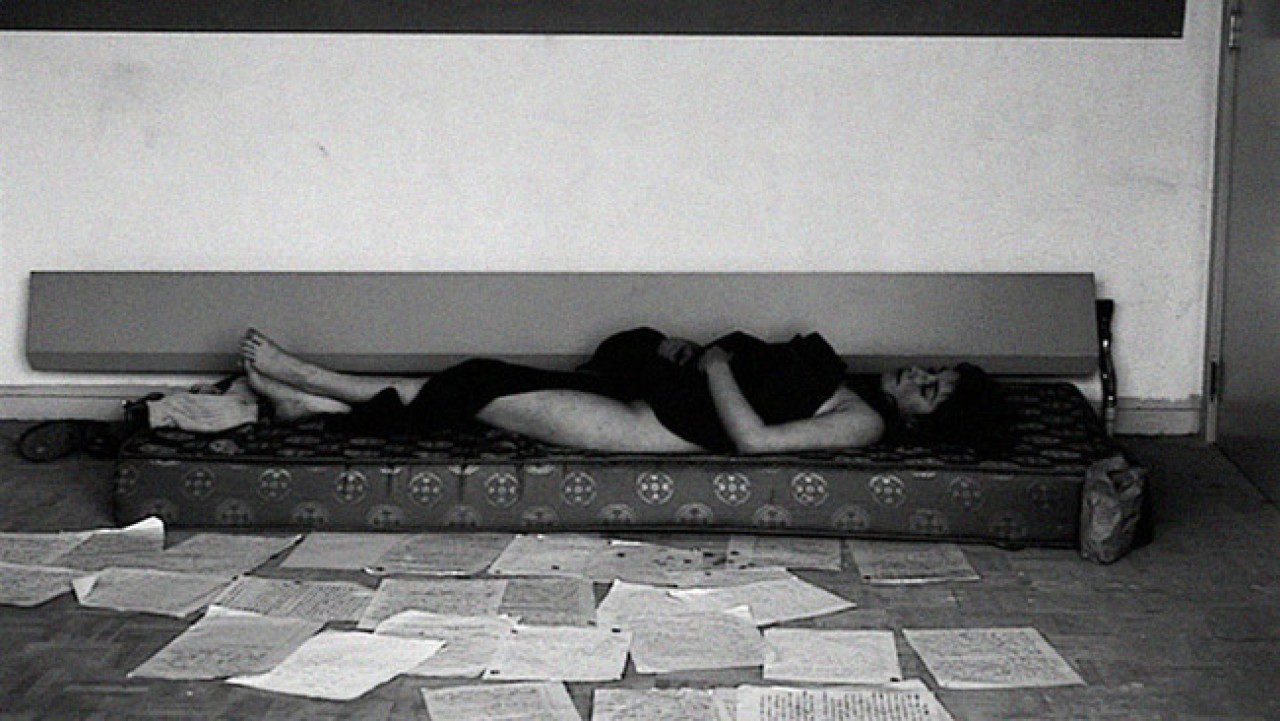
When I first started watching Akerman’s films, I thought they were boring or too long, and that they would have worked better as short films. I later came to learn how wrong I was, and that you can’t watch her films like you do most others.
Slow cinema is a cinema of observation. The shots are often long, static, and subtle. Chantal Akerman’s films are deeply emotional, if you really watch it, and allow yourself to not necessarily know what’s happening all of the time. This film and Akerman’s other films invite the audience to make their own interpretations, and a lot of her work is left ambiguous.
I compare her films to meditating. When you meditate you focus on your breathing, and when your mind wanders, you bring it back to the breath, and stay in that moment. I find Akerman’s films to have that kind of experience. My mind can wander at times, but I just bring my attention back to the images on the screen.
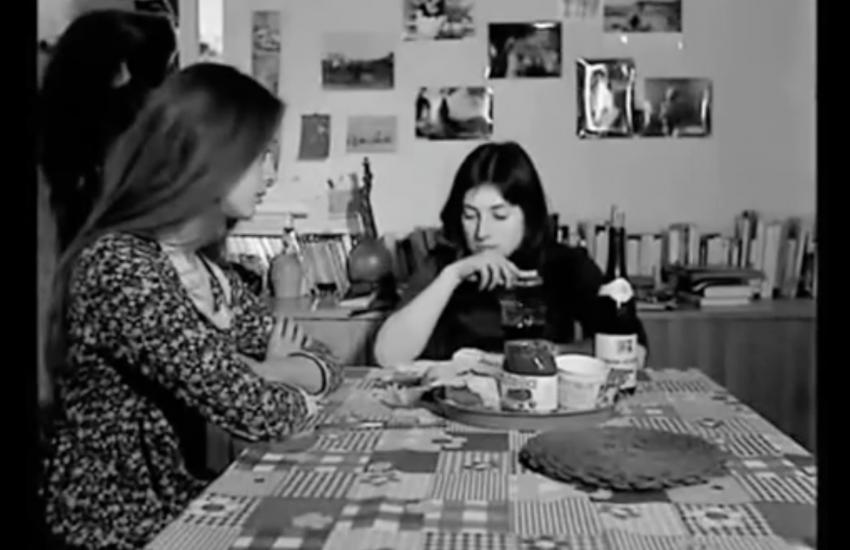
In the case of “Je, Tu, Il, Elle” we spend the first part of the film watching Julie re-arrange her furniture, take her clothes off, eat sugar out of a paper bag, write a letter, re-write a letter, among many other things. She comments on the action in voice-over, and it makes you feel like she’s talking right to you. She is inviting you into her world. She talks about leaving, and moving into this room. She doesn’t give you the exact context of why she’s there intentionally because she wants you to decide. In a way, you are making your own movie by not having all of the answers. With that being said, it appears as though she has gone through a break-up, is depressed, and feeling alienated. She looks incredibly sad, and is barely able to move off her mattress sometimes. At other times she’s restless, and moving her furniture around. Each shot is composed so beautifully that they look like paintings. The images speak volumes, and I believe that’s part of what Akerman wants you to look at, like you would a painting. Look at the image, what do you see? We all may see something different, and feel something different.
When she eventually makes her way out of her room, she ventures outside and hitch-hikes with a truck-driver (Niels Arestrup). They hardly talk, but appear comfortable with one another. They go out to eat, and share food, while watching television. He eventually introduces her to some friends at a bar. They appear as if they’ve known each other for years, even though they’re strangers. They have an instant, unspeakable bond, and connection. In the voiceover, Julie talks about wanting to kiss him, and she also has a great deal of empathy for his sense of loneliness as a truck driver. I think she sees herself in him. All of what I’m describing above is my own interpretation, which can change each time I see it. Great works of art are rarely static, with a simple meaning. They leave possibilities open, and “Je, Tu, Il, Elle”, does this brilliantly.
In the scene where Julie gives the truck-driver a hand-job, he then talks to her for the first time that we’ve seen. He delivers a long monologue about his two kids, and his wife, and he even confesses that he finds his daughter attractive, which is disturbing. What’s interesting about this scene is that Akerman doesn’t cut to Julie’s close-up, while the truck-driver is talking, and so we only see the side of her face. What is she thinking of all this? She smiles at times, but is she smiling to make him think she is not hurt that he’s married? Is she now scared of him, as he confesses his disturbing feelings for his daughter, and so her smile is to please him? We don’t know. We have to make up our minds.
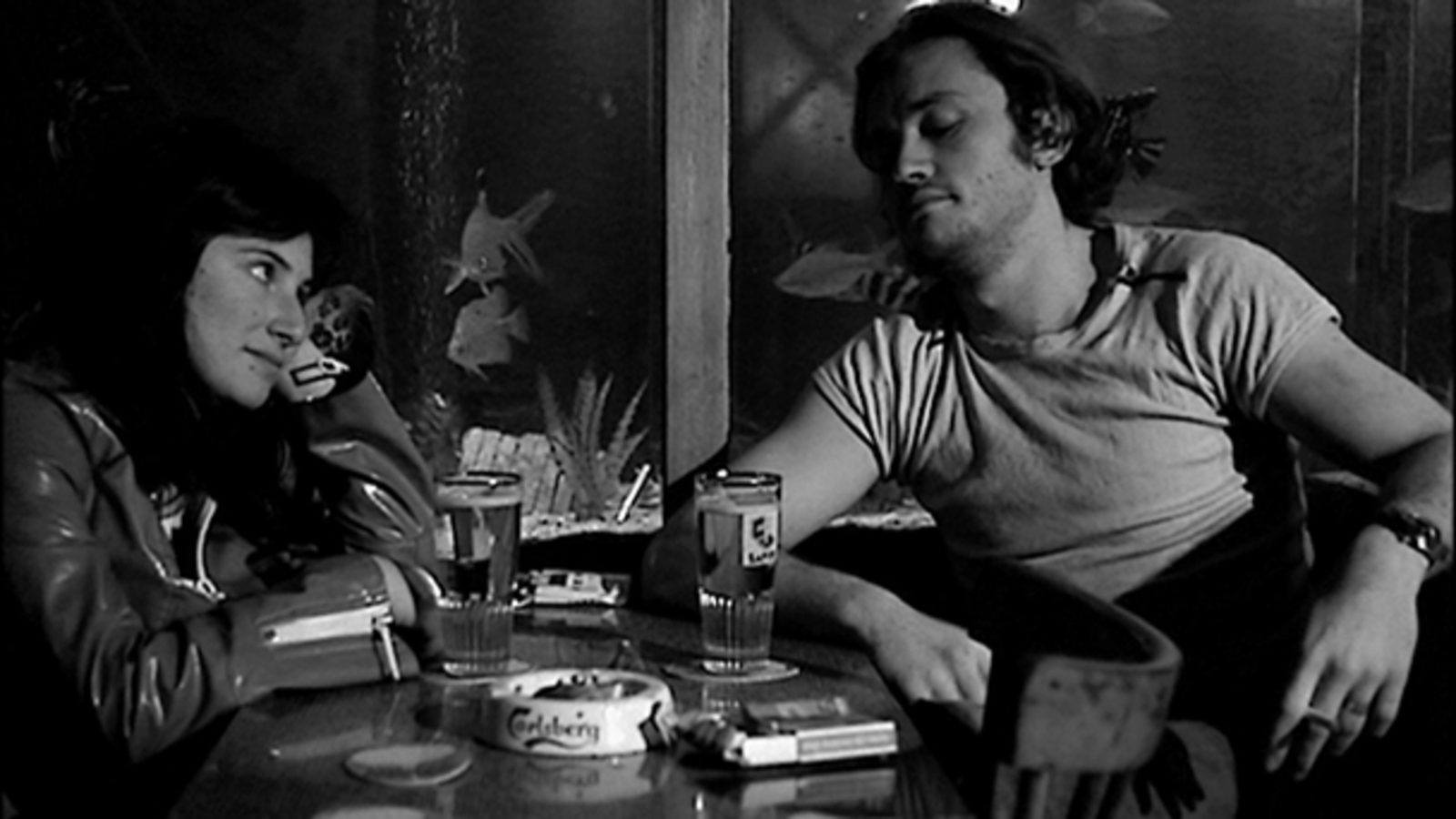
Shortly after this, we never see the truck-driver again. Did she leave because she was afraid of him? Hurt by him? Tired of him? Or has she simply arrived at her destination? It’s up to us. We then get into the third part of the film where she visits the girlfriend (Claire Wauthion), who tells Julie that she can’t stay, but her eyes say something different. Is this the woman she was writing during the first part of the film? It seems that way, but we never know for sure. My feeling is that it is because they appear deeply connected. The sex scene between them is not meant to just titillate us, even though it is erotic, but it’s also passionate, loving, and joyful, as if they can’t get enough of one another. They squeeze each other tight, as two passionate lovers do, and when it’s over Julie leaves when the girlfriend is asleep.
My feeling is that their relationship wasn’t working, and perhaps in some ways they were bad for one another, but that they still love each other, and clearly have a passionate physical relationship.
It’s interesting that we see Julie intimately with both a man and a woman. Akerman doesn’t feel the need to label this character as being a lesbian or bi-sexual, and just shows us human beings in two different complex relationships.
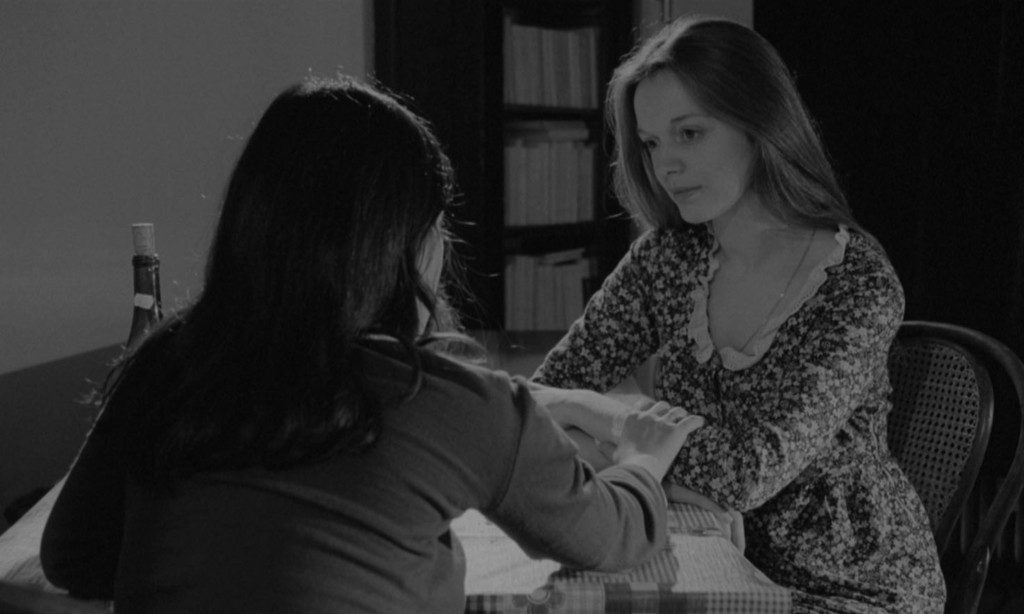
We live in a world where people often label others based on their sexuality, religion, politics, etc. and a film like this, which is free of labels, shows us how much we all share as human beings. How many of us have gone though heartbreak, loneliness and alienation? Most people have, and this film shows us that in many ways we are all the same.
The filmmaker Ira Sachs has said, “you could call this a gay rights film, right? It’s a film that says theirs a chance that you’ll have a better life with a woman, if you’re a woman, than with the men that you meet in the truck”. This is an incredibly insightful interpretation from Sachs, who is a filmmaker I admire, and it shows how people see the film in different ways because of how much it invites us into it’s world, and how it doesn’t try to give us any easy answers.
“Je, Tu, Il, Elle” (I, You, He, She) to me the “you” is us, the audience, and we are not separate from the story of these 3 people. This film is bold, daring, experimental, emotional, unconventional, ambiguous, and is executed brilliantly by Chantal Akerman who clearly believes in the intelligence of the audience to share in the experience of this story.
You can see “Je, Tu, Il, Elle” on the Criterion Channel, as well as many other Chantal Akerman movies.

